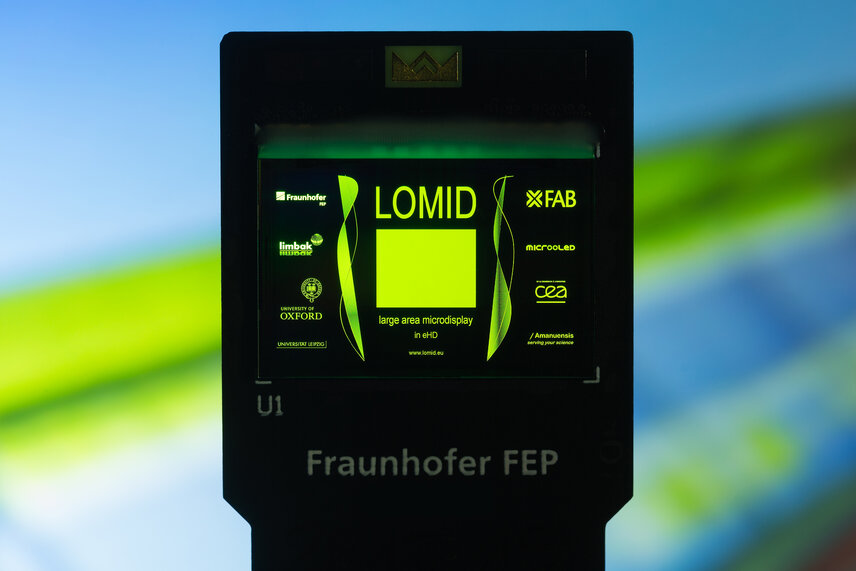
For more than ten years, Fraunhofer FEP has been involved in the processing of ultra-thin glass, especially in the handling …
DNA is not only the basic medium for storing genomic information, but can also be used to store binary data. …
The internet of tomorrow will be mobile and audio based. To support the shift in communication from typing and reading …